
JD Wholesale 4A Quality Natural Round Loose Beads 8mm Amethysts Stone Purple Crystal Charm Beads For Jewelry Making

50pcs 12mm Square Cube Shape Alphabet Letter Soft Chew Bead Baby Silicone Teething Bead For Pen Keychain Necklace Jewelry Making






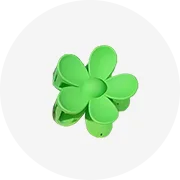
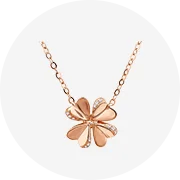
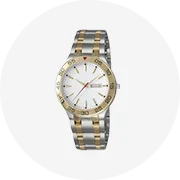
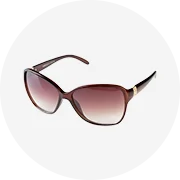
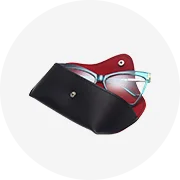
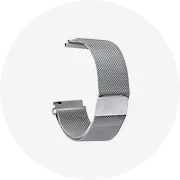
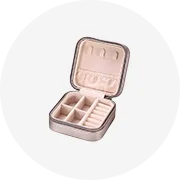
Heishi beads, an integral component of jewelry making, have a rich history that traces back to ancient cultures, where they were not just decorative items but also held significant cultural value. Today, these beads are widely appreciated by jewelry designers and enthusiasts for their versatility and aesthetic appeal. This category of beads is diverse, with variations in materials, shapes, and colors that can suit various stylistic preferences and design needs. The following sections delve into the intricacies of heishi beads, exploring the types, features, and materials that define this unique product category.
The term "heishi" originates from the Keresan word for "shell" and traditionally referred to pieces of shell that had been drilled and ground into disc-shaped beads. Over time, the definition has expanded to include similar beads made from various materials. Turquoise heishi beads are particularly sought after for their vibrant hues and are often associated with Southwestern jewelry. On the other hand, clay heishi beads offer an earthy and organic touch, commonly found in bohemian or rustic style accessories. Silver heishi beads add a touch of elegance and shine, making them a staple in more refined pieces of jewelry. For those seeking a cultural connection, African heishi beads are imbued with the rich traditions of the continent, often used in pieces that celebrate heritage and artisanship. Each type of heishi bead brings its own story and atmosphere to the creations they are part of, be it heishi bead bracelets, earrings, or necklaces.
The defining feature of heishi beads is their shape - small, flat discs or tubes that can be strung together to create a seamless look. This uniformity allows for a smooth texture that is pleasing both visually and to the touch. Additionally, the versatility of heishi beads is second to none; they can be intermixed with other bead types to introduce texture contrasts or used en masse for a striking, cohesive accessory. Heishi bead jewelry also stands out due to its adaptability in style. It can complement casual attire or add a bohemian flair to a more formal outfit. Moreover, the beads' uniformity allows for easy incorporation into various jewelry pieces, such as heishi bead earrings and bracelets, offering a continuity of design that is both appealing and practical for artisans.
The materials used in creating heishi beads are as varied as the beads themselves. Originally made from shell, modern heishi beads can be crafted from a plethora of materials. Turquoise heishi beads are made from the semi-precious stone known for its striking blue-green color, while silver heishi beads are typically fashioned from sterling silver, which provides a lustrous finish and durability. Clay heishi beads are another popular option, offering an earthy and natural appeal that is lightweight and versatile. These beads can be dyed in a range of colors, allowing for a broad spectrum of design possibilities. The diversity of materials means that heishi beads can be selected to match the desired aesthetic, weight, and cost considerations of any jewelry project, making them an ideal choice for artisans and designers.
In the realm of jewelry components, heishi beads stand out for their historical significance, broad applicability, and the charming simplicity that they bring to a variety of creations. Whether used in a delicate heishi bead bracelet or a statement heishi necklace, these beads offer a timeless appeal that crosses cultural and stylistic boundaries. The careful selection of types, features, and materials can result in stunning pieces that resonate with personal expression and creative vision.